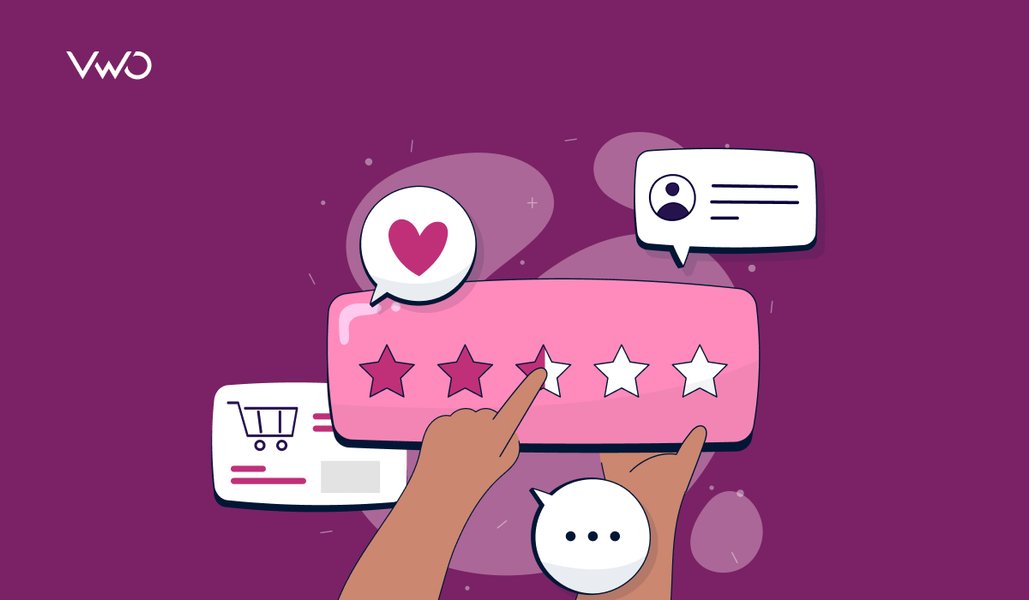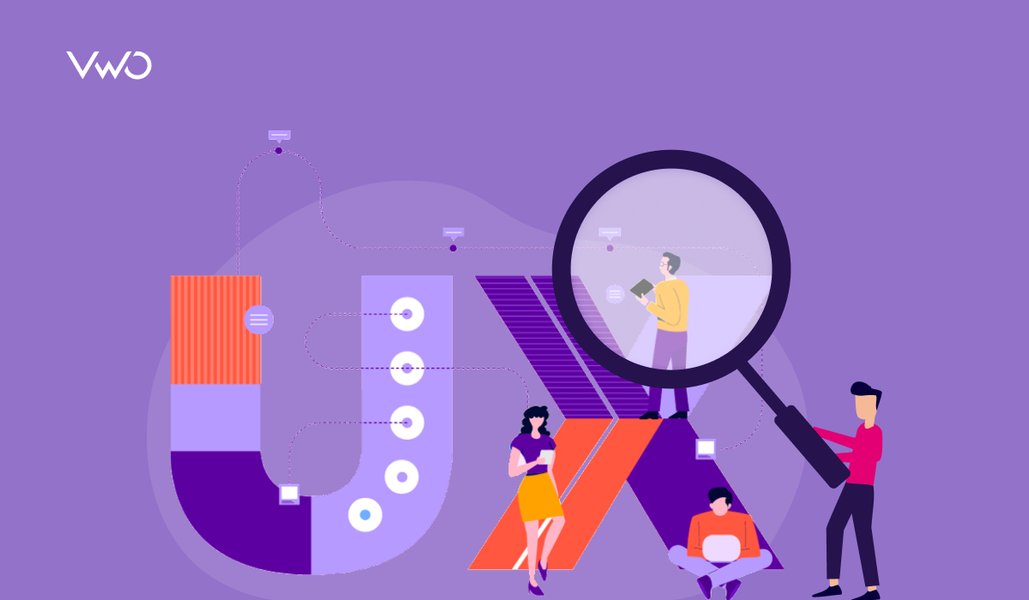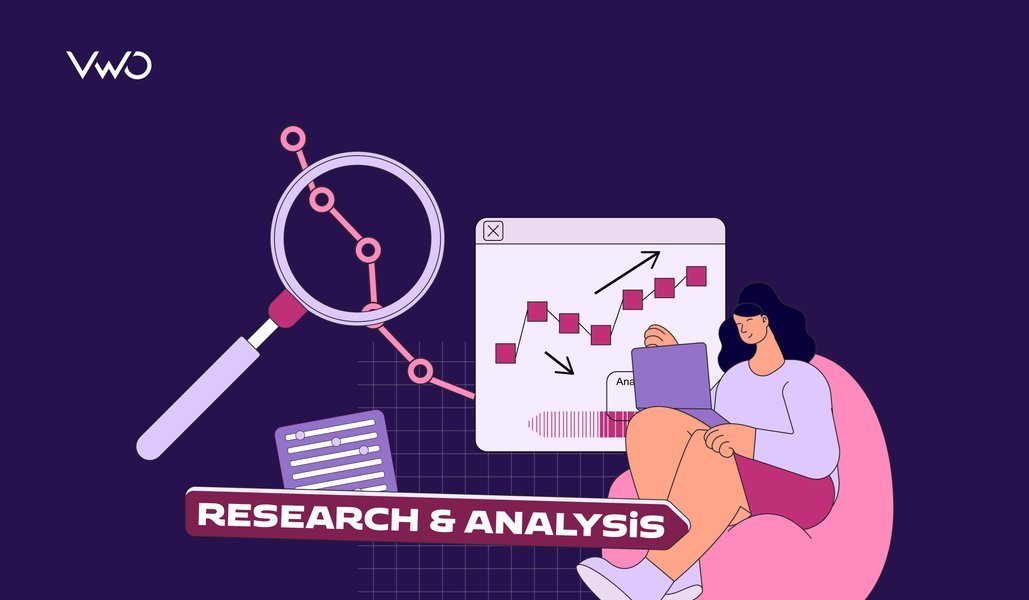8 Steps to Achieve Personalized Ecommerce for Better Sales
Customers have come to expect personalization when they’re shopping online. They’re starting to see this as a standard service and appreciate receiving special, tailored offers.

Ecommerce personalization enables you to treat every customer like a VIP. And when customers feel like VIPs they’re more likely to stay loyal to your brand.
Download Free: Website Personalization Guide
Keeping customers happy includes providing them with a seamless customer service experience. For example, implementing VoIP technology is a great way to handle incoming calls. Other ways to keep satisfaction levels high include offering a customised shopping experience like no other.
Follow these eight steps to create a winning website personalization strategy.
1. Encourage customers to create accounts
To build a customer profile (or buyer persona), you need to gather data from your existing subscribers and buyers. One good source of data is the information that’s input when a customer signs up to buy or subscribe to your newsletter. When you have amassed enough data you can dig through it to identify common traits that many of your customers have. Such as, if they are in specific age groups or genders. Then you can use this information to help you create an ideal customer profile and targeted campaigns for people in those demographics.
Having customer profiles will help you implement personalization strategies. It will help you monitor your customers’ behaviours (This is something that customers are generally happy for you to do, so long as it leads to them having an improved shopping experience).
Once you can identify customers by their profiles, you’ll be able to offer them products or information that may be of interest to them.
When you ask people to create accounts, make it easy for them to do so by adding a checkbox at the checkout that nudges the customers to add their details.
2. Segment email subscribers
You can segment your email lists by geographic data, demographic data, psychographic data (lifestyle, activities, etc.), and behavioural data (based on purchases, browsing behaviours, etc.)
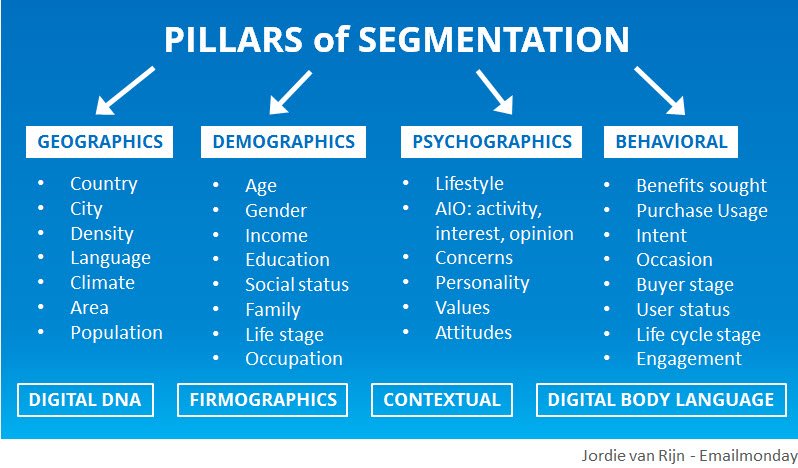
Once you’ve segmented your lists you can make sure you send appropriate content, for instance, based on a customer’s location. Say you’re promoting a ‘winter sale’. You only want to send out emails to subscribers in locations that are currently, or are soon going to be, wintry.
Pair your email campaign with a landing page to boost conversion rates. Send subscribers an email that reflects their purchasing history – along with a link to a landing page that tells them more about those products or services. Linking them to a specific landing page (rather than the generic homepage) increases the likelihood of them taking action.
Personalize email subject lines to include subscribers’ first names and send out celebratory birthday emails with special money off vouchers.
Other ways of personalizing include sending emails inviting customers to leave their opinions. These business review examples can allow you to reply personally to subscribers who love your brand as well as respond to criticisms.
3. Create personalized homepages
Homepages are your online store’s front door. So apart from making sure, your landing page is optimized, make sure you give customers a warm personalized welcome based on their purchases or browsing history. By using tracking cookies you can see which pages a previous user has visited and presented offers that might be relevant to them.
If, for example, someone has previously visited a blog on ‘how to start an eCommerce business, next time they visit you could invite them to download an eBook on order management systems.
Or, for instance, if someone has previously browsed the ‘15% off boots section’ on the ‘women’s sale’ page you can show them ‘new women’s boots just-in’’ on the homepage next time they browse your site.
4. Provide personalized online store assistance
Invite customers to participate in quick quizzes around the size or style of items they’re looking to buy. By storing the results, you can personalize product suggestions. If you’re a fashion e-retailer you could provide personalized wardrobe suggestions that fit budgets, sizes, and tastes.
This information also opens up further marketing opportunities in terms of email updates about new products that might fit the bill. If, for example, a customer has expressed an interest in creating sales literature for their website, you could send them an email inviting them to use your online digital brochure maker.
5. Personalize product pages using location data
So whether you use cookies or ask for customer information you probably know where your visitors are located. This is valuable information that can vastly improve a customer’s shopping experience.
For example, you can personalize sizes and currencies based on the visitor’s store selection. This means shoppers no longer have to use size conversion charts for each product category if they’re shopping from abroad.
If a visitor has already selected the US on the top bar on a previous visit, you can make sure they’re taken directly to this store the next time they visit.
Download Free: Website Personalization Guide
6. Capture visitors when they’re about to leave
When visitors are about to leave your site, show them a personalized offer based on their browsing activity – either to complete a purchase, sign up for your newsletter, etc.
Fashion brand Minimum offered the following incentive to customers in order to get them to complete an order. The campaign was wholly successful with a conversion rate of 37.4%.

7. Offer incentives to win back customers
Personalization can not only help you win and retain customers, but it can help you win back old ones. If certain customers haven’t purchased from you in a while, use retargeting ads. Include offers based on previous purchasing history along with incentives such as special one-off discount codes to give them a reason to shop with you again.
8 Use live chat software or chatbots
Most companies still use the same pop-up chat messages for all visitors to their site. But it makes far more sense to personalize the introduction message based on a visitor’s URL, their behaviour, or any other data you can collect.
Once you understand behaviours you can deliver price discounts or other incentives to persuade a visitor to proceed to purchase.
eCommerce is here to stay and shoppers are demanding an ever more personalized shopping experience. You need an eCommerce personalization strategy to help you attract and retain customers.
Which aspects of personalization you choose to invest in or focus on is a major challenge. This is primarily because personalization needs data and infrastructure, which takes time and budgets to build.
While there can be hundreds and thousands of variables that feed into personalization, it’s important to know which of these variables make sense to you. You can identify these variables through A/B tests. These A/B tests may be front-end driven or may even be driven by the server side.
This is where an A/B Testing tool comes in very handy – to run experiments at scale with statistical reporting to precisely know the impact of each tested variable. Once the personalization variables of value are known to you, you should then set out to invest in them.
Also, here is a webinar that you can watch to delve deeper into the topic of building customer-centric eCommerce business:

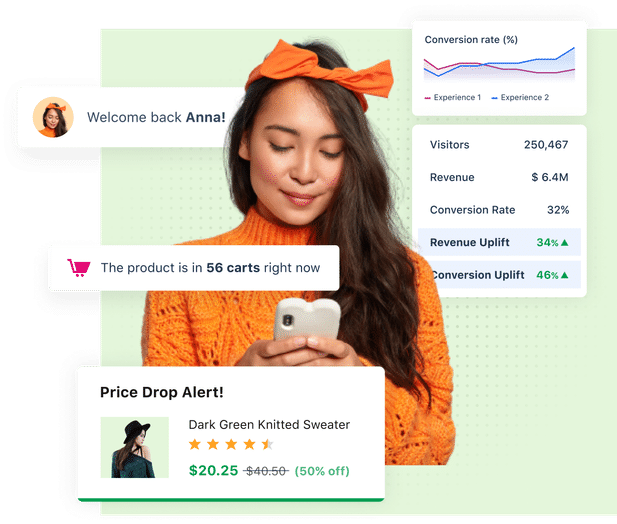


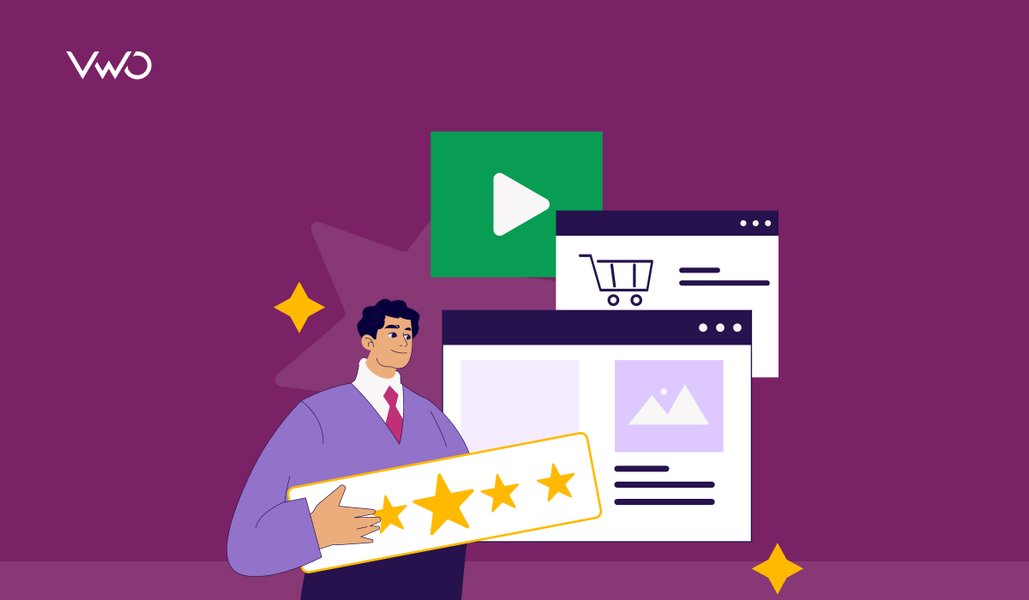
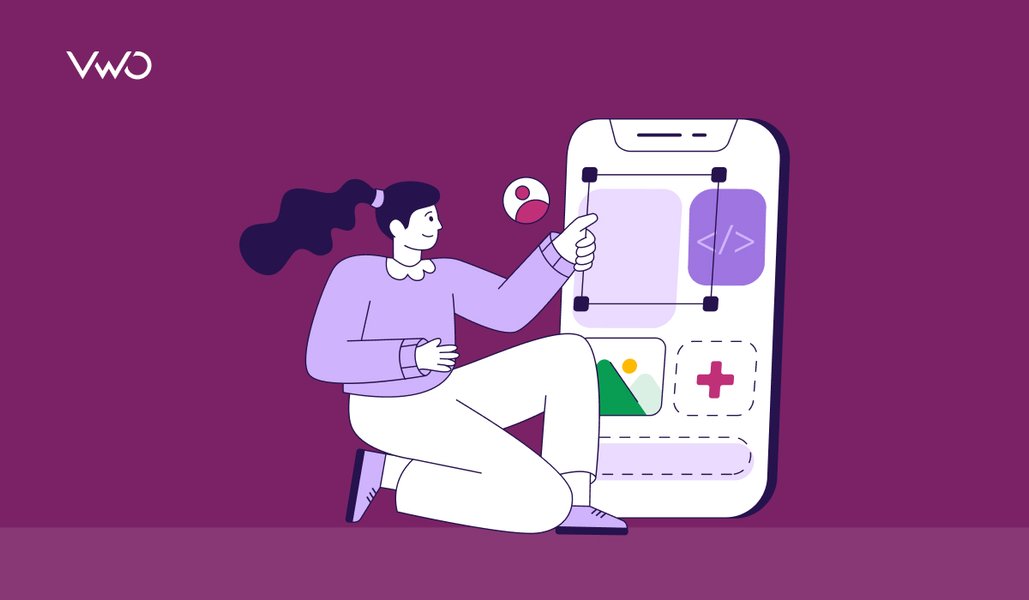

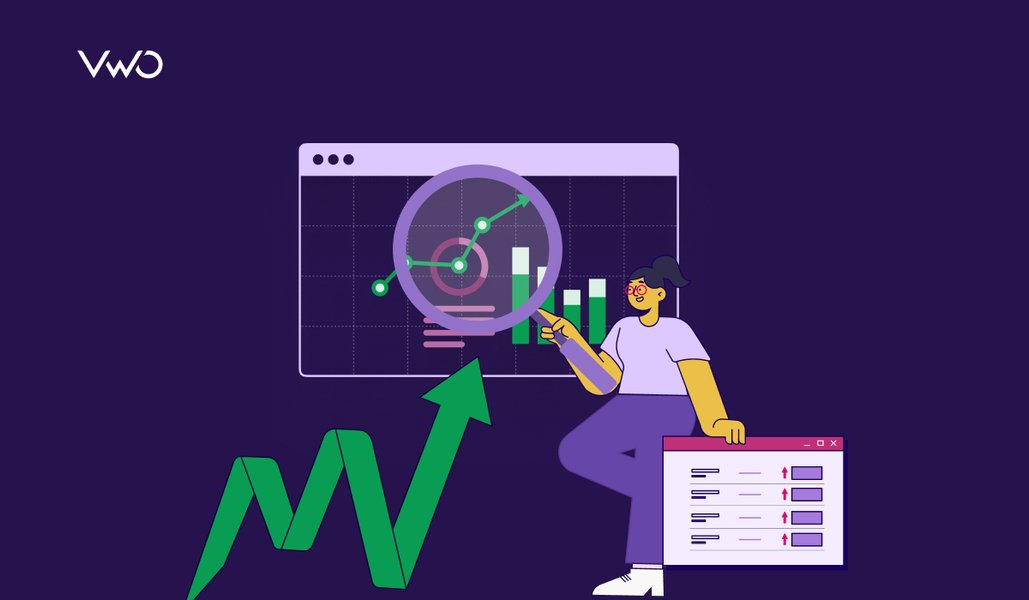
![10 Best Product Management Tools [2025]](https://static.wingify.com/gcp/uploads/sites/3/2025/01/Feature-image-10-Best-Product-Management-Tools-2025.jpg?tr=h-600)
